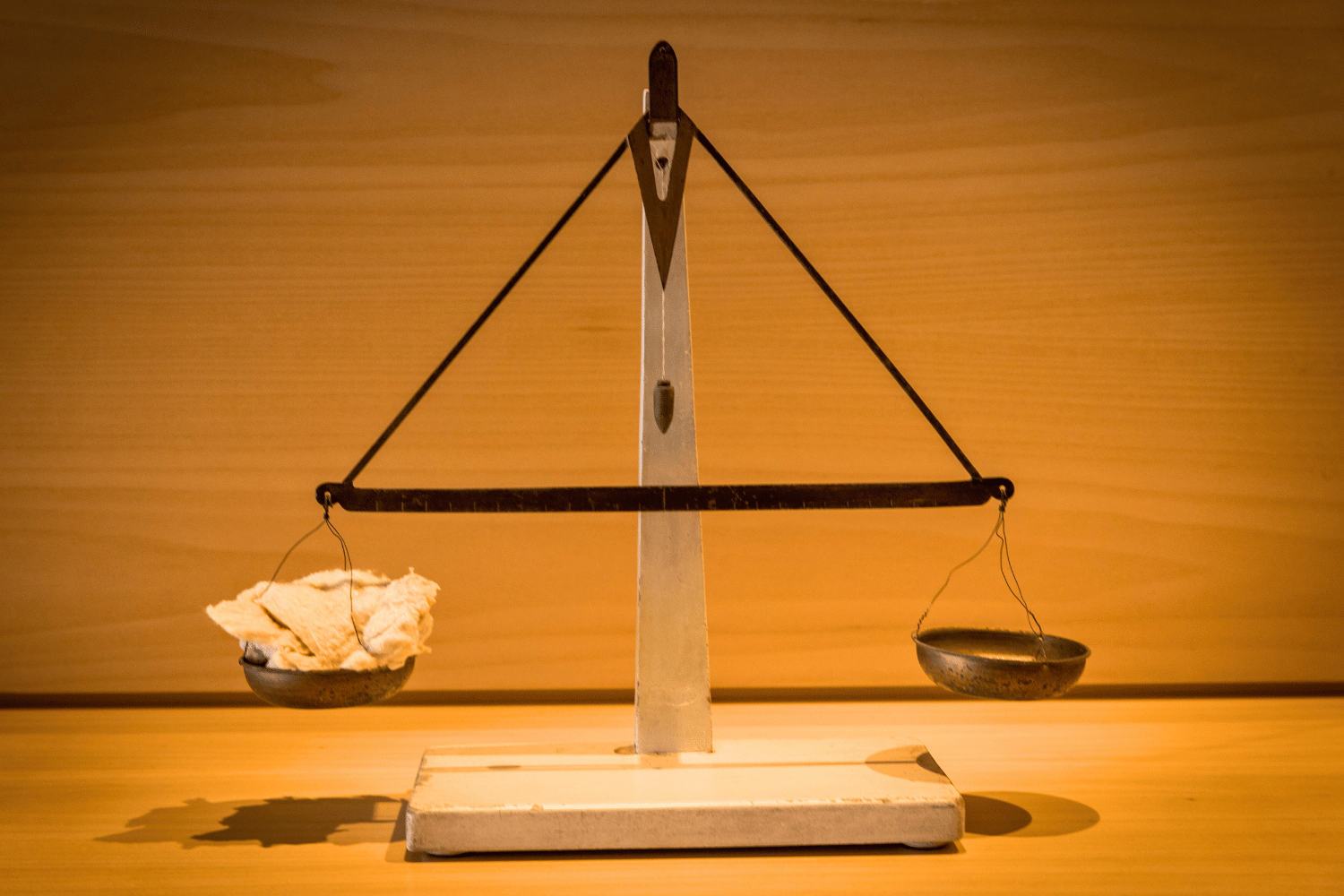For the purpose of measuring air humidity, meaning the quantity of water vapor contained in the air, Leonardo conceived a hygrometer in the form of a balance with two plates.
In using the instrument, a wad of cotton wool is placed on one of the plates, as a hygroscopic (water-absorbing) substance, and on the other, a lump of wax (an impermeable material) of identical weight. When the air is dry, the balance remains in equilibrium. As the air humidity increases, the balance tips more and more toward the side of the hygroscopic material. This is because the wad of cotton wool increases in weight by absorbing water contained in the air, while the lump of wax maintains its original weight. The plumb-line at the center of the apparatus shows how much the staff connecting the two plates has inclined, indicating thereon the variation of atmospheric humidity.
Technical informations
Type of exhibit
Model
Collection
Material
Carved/painted wood, copper, cotton rope, wadding, wax
Measures
Width: 43 cm; Height: 41.2 cm; Base: 27.7 cm.
Storage location
Relationship with the original work
Source: Leonardo da Vinci, Codex Atlanticus, f. 30 v
Inventory number
Record n. OA: 00000040
Location
Museo Leonardiano, Counts Guidi's castle, ground floor
